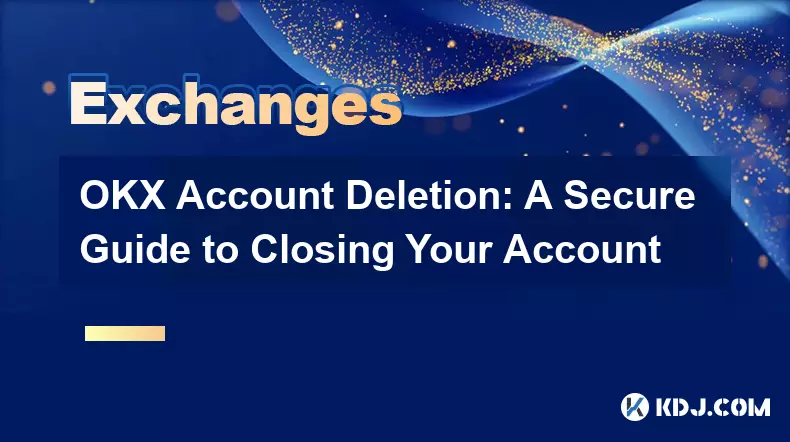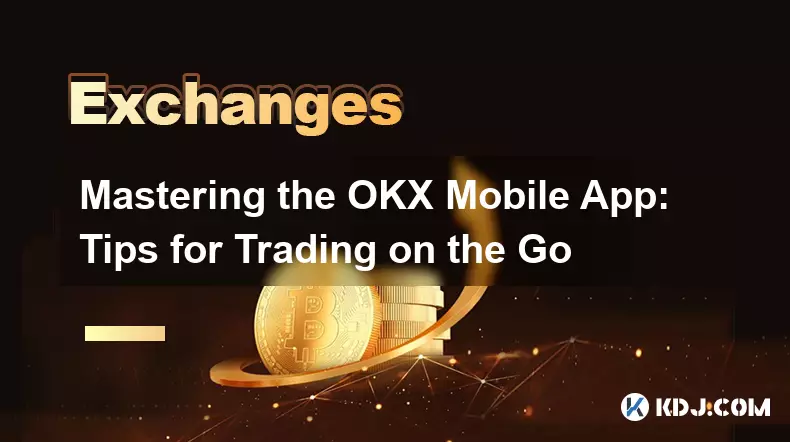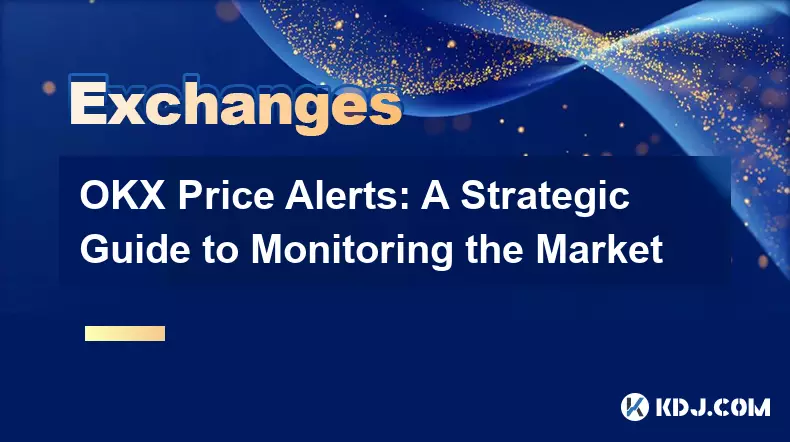-
 bitcoin
bitcoin $107015.826941 USD
-2.18% -
 ethereum
ethereum $3637.352324 USD
-5.18% -
 tether
tether $0.999831 USD
-0.02% -
 xrp
xrp $2.338078 USD
-6.23% -
 bnb
bnb $998.272150 USD
-6.97% -
 solana
solana $167.598257 USD
-10.12% -
 usd-coin
usd-coin $0.999863 USD
0.01% -
 tron
tron $0.282573 USD
-5.09% -
 dogecoin
dogecoin $0.169891 USD
-7.39% -
 cardano
cardano $0.557554 USD
-7.03% -
 hyperliquid
hyperliquid $39.914802 USD
-5.85% -
 chainlink
chainlink $15.414549 USD
-9.97% -
 bitcoin-cash
bitcoin-cash $510.361911 USD
-4.26% -
 ethena-usde
ethena-usde $0.999194 USD
-0.03% -
 stellar
stellar $0.282092 USD
-6.07%
Bybit Grid Trading Bot: A Step-by-Step Guide to Automated Profits
The Bybit Grid Trading Bot automates buy/sell orders within a set price range, profiting from market volatility while minimizing emotional trading decisions.
Nov 02, 2025 at 11:19 am

Understanding Bybit Grid Trading Bot
1. The Bybit Grid Trading Bot is a tool designed to automate trading strategies across predefined price levels. It operates by placing buy and sell orders at regular intervals within a set price range, capitalizing on market volatility without requiring constant manual oversight.
2. This bot functions best in markets that exhibit sideways or ranging behavior. When prices fluctuate within a stable band, the bot continuously buys low and sells high within the grid, generating consistent returns over time.
3. Traders can customize parameters such as the number of grid levels, upper and lower price limits, and the investment amount. These settings allow users to align the bot’s behavior with their risk tolerance and market outlook.
4. Unlike traditional spot trading, where timing and emotional decisions often influence outcomes, the grid bot removes human intervention. This automation reduces psychological bias and ensures disciplined execution based on pre-set rules.
5. The system supports both long and short grid strategies. A long grid profits from upward price movement within the range, while a short grid benefits when prices decline—offering flexibility depending on market conditions.
Setting Up Your Grid Bot on Bybit
1. Log into your Bybit account and navigate to the 'Earn' section, then select 'Grid Trading.' Choose between Spot Grid for immediate settlements or Futures Grid for leveraged positions, depending on your strategy.
2. Define the trading pair you want to use, such as BTC/USDT or ETH/USDT. Ensure sufficient balance in your account to fund the grid; the platform will lock this capital for order placement.
Select a price range that reflects recent market volatility. Setting too narrow a range may result in missed opportunities, while too wide a range could reduce trade frequency and profitability.3. Input the number of grids—more grids mean tighter spacing between orders, allowing finer capture of small price movements but increasing complexity.
4. Confirm your investment amount and activate the bot. Once live, the system begins placing limit orders across the defined range, adjusting dynamically as trades execute.
Optimizing Performance and Risk Management
1. Monitor historical price action before setting up a grid. Use tools like Bollinger Bands or Average True Range (ATR) to identify optimal upper and lower bounds that reflect realistic market behavior.
2. Avoid deploying large capital into a single grid during highly volatile periods. Sudden price breakouts can push the market outside the grid range, leaving open positions exposed without automatic recovery mechanisms.
Rebalance grids periodically. If the asset's price trends strongly beyond the original range, consider closing the current bot and launching a new one aligned with updated support and resistance levels.3. Diversify across multiple assets and timeframes. Running several smaller bots on different pairs spreads risk and increases the chance of capturing gains even if one market becomes stagnant.
4. Utilize stop-loss features where available, especially in futures grid mode. Though not all grid types offer built-in stops, combining external alerts with manual intervention can help mitigate extreme downside scenarios.
Monitoring and Evaluating Bot Results
1. Access the performance dashboard within Bybit’s Grid Trading interface to review realized PnL, active orders, and completed cycles. Analyze how frequently trades are executed relative to expected volatility.
2. Compare net profits against transaction costs. Each grid trade incurs fees, which accumulate over time. High-frequency grids must generate enough margin per cycle to offset these expenses.
Track the annualized return percentage provided by the bot. This metric helps assess efficiency compared to alternative investments or passive holding strategies.3. Examine whether the bot performs better in certain market phases—consolidation versus breakout—and adjust deployment timing accordingly. Some traders choose to activate bots only when specific technical indicators confirm range-bound conditions.
4. Export trading logs for deeper analysis using spreadsheet software. Identify patterns such as clustering of buy/sell executions near key psychological levels or recurring inefficiencies in order fills.
Frequently Asked Questions
What happens if the price moves outside the grid range?When the price breaches the upper or lower boundary, no further orders are triggered beyond that point. In spot grids, remaining holdings stay inactive until the price re-enters the range. In futures grids, unrealized losses may accumulate if the trend continues against the position.
Can I modify the grid parameters after activation?No changes can be made to an active grid. To alter the price range, number of levels, or investment size, you must terminate the current bot, settle outstanding trades, and create a new configuration.
Is grid trading suitable for trending markets?Grid bots typically underperform in strong directional trends. In a sustained uptrend, most buy orders fill early and profits cap at the upper bound. During a downtrend, repeated buying leads to accumulating assets at declining values, reducing overall returns.
How does leverage affect futures grid bots?Leverage amplifies both gains and risks in futures grid trading. Higher leverage increases potential returns per grid cycle but also raises liquidation risk if adverse price movement occurs. Conservative leverage settings are recommended to maintain stability during drawdowns.
Disclaimer:info@kdj.com
The information provided is not trading advice. kdj.com does not assume any responsibility for any investments made based on the information provided in this article. Cryptocurrencies are highly volatile and it is highly recommended that you invest with caution after thorough research!
If you believe that the content used on this website infringes your copyright, please contact us immediately (info@kdj.com) and we will delete it promptly.
- Score Big with BetMGM: NBA, NFL, and the TOP150 Bonus Code
- 2025-11-05 08:50:13
- BullZilla Presale: The Roaring Crypto Opportunity You Can't Ignore
- 2025-11-05 08:55:01
- New Coin Honors Unknown Soldier: A Nation Remembers
- 2025-11-05 08:35:01
- CZ's Aster Token Gamble: Binance Founder's Move and Market Reactions
- 2025-11-05 08:00:02
- DeFi Reimagined: Decentralized Insurance Networks Meet AI
- 2025-11-05 07:05:01
- Bitcoin, Binance, and Investors: Navigating the Crypto Landscape
- 2025-11-05 08:00:02
Related knowledge

Common Mistakes to Avoid on OKX: A Guide for New Traders
Nov 04,2025 at 03:37pm
Understanding the Interface Before Trading1. New traders often jump into placing orders without fully exploring the OKX platform layout. Taking time t...

OKX TradingView Integration: A Guide to Advanced Chart Analysis
Nov 02,2025 at 03:37am
OKX and TradingView: Bridging the Gap for Professional Traders1. OKX, one of the leading cryptocurrency exchanges, has integrated with TradingView to ...

OKX Savings Guide: A Low-Risk Strategy for Earning Crypto
Nov 05,2025 at 06:55am
Understanding OKX Savings and Its Role in Crypto Earnings1. OKX Savings offers users a straightforward method to earn passive income by leveraging idl...

OKX Account Deletion: A Secure Guide to Closing Your Account
Nov 05,2025 at 08:44am
Understanding the Implications of Account Closure1. Closing your OKX account permanently removes access to all associated trading features, including ...

Mastering the OKX Mobile App: Tips for Trading on the Go
Nov 05,2025 at 01:19am
Streamlined Navigation for Efficient Trading1. The OKX mobile app features a clean and intuitive interface that allows traders to access key functions...

OKX Price Alerts: A Strategic Guide to Monitoring the Market
Nov 05,2025 at 08:10am
Why Price Alerts Are Essential in the Crypto Market1. The cryptocurrency market operates 24/7, making it difficult for traders to monitor price moveme...

Common Mistakes to Avoid on OKX: A Guide for New Traders
Nov 04,2025 at 03:37pm
Understanding the Interface Before Trading1. New traders often jump into placing orders without fully exploring the OKX platform layout. Taking time t...

OKX TradingView Integration: A Guide to Advanced Chart Analysis
Nov 02,2025 at 03:37am
OKX and TradingView: Bridging the Gap for Professional Traders1. OKX, one of the leading cryptocurrency exchanges, has integrated with TradingView to ...

OKX Savings Guide: A Low-Risk Strategy for Earning Crypto
Nov 05,2025 at 06:55am
Understanding OKX Savings and Its Role in Crypto Earnings1. OKX Savings offers users a straightforward method to earn passive income by leveraging idl...

OKX Account Deletion: A Secure Guide to Closing Your Account
Nov 05,2025 at 08:44am
Understanding the Implications of Account Closure1. Closing your OKX account permanently removes access to all associated trading features, including ...

Mastering the OKX Mobile App: Tips for Trading on the Go
Nov 05,2025 at 01:19am
Streamlined Navigation for Efficient Trading1. The OKX mobile app features a clean and intuitive interface that allows traders to access key functions...

OKX Price Alerts: A Strategic Guide to Monitoring the Market
Nov 05,2025 at 08:10am
Why Price Alerts Are Essential in the Crypto Market1. The cryptocurrency market operates 24/7, making it difficult for traders to monitor price moveme...
See all articles










































































